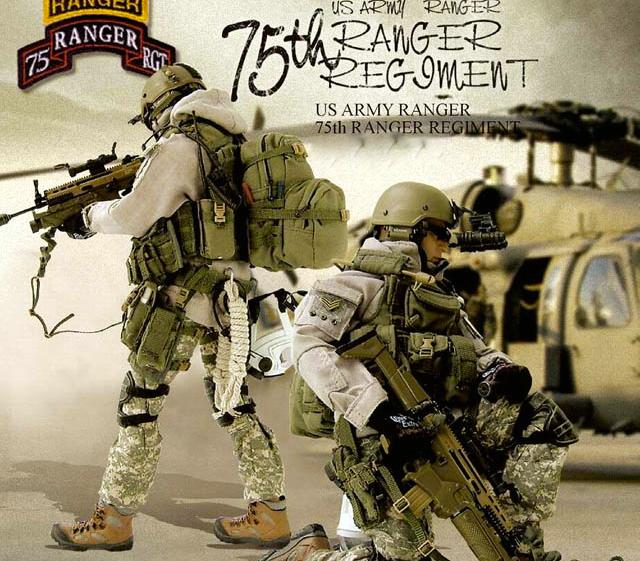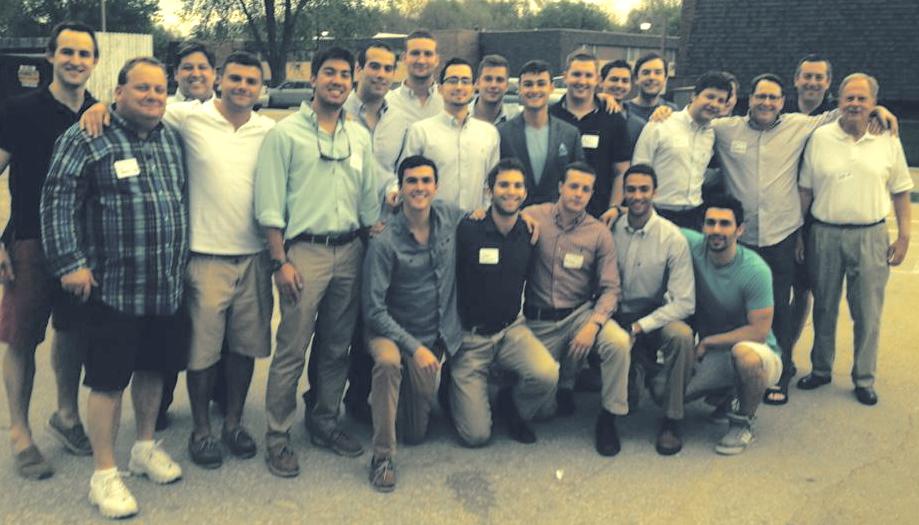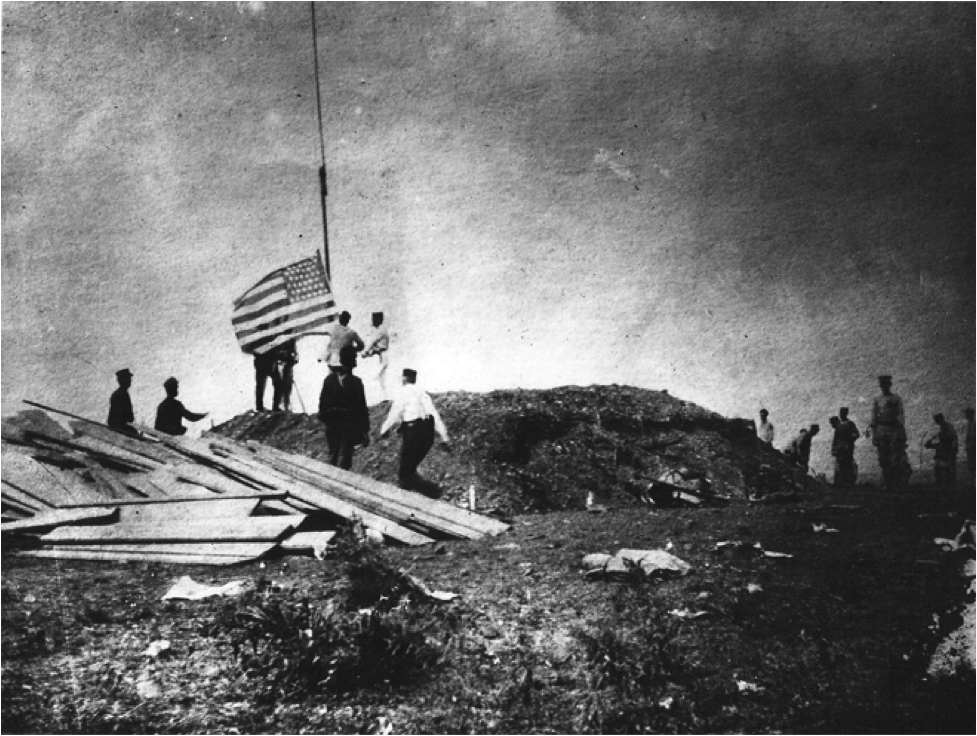Duty to country calls Iowa Beta brother Leuer to lead America's elite fighting Army Rangers
Kenneth C.Leuer (IABE ’56) was a regular kid who grew up in the tiny town of Wayzata, Minn., a western suburb of Minneapolis on Lake Minnetonka. He never dreamed that one day he would reach the rank of Major General and be known as “the Father of the modern U.S. Army Rangers.”
“When I was a kid, I was very athletic and loved to play all kinds of sports. Wrestling was my favorite and I was pretty good at it. Back then, I wasn’t sure what I wanted to do when I grew up, but I didn’t really think about having a career in the Army,” said Leuer.
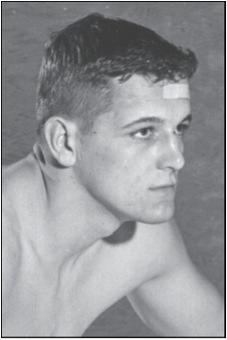
Leuer was much more than pretty good at wrestling. At Wayzata High School, he was a two-time Minnesota state champion. In 1952, he followed wrestling coach Dave McCuskey to the University of Iowa where Leuer would become a two-time NCAA All-American wrestler and one of the greatest Hawkeye wrestlers of all time with a career record of 86-5-2.
“In wrestling, you’ve got to have discipline. You’ve got to be committed. No excuses allowed,” said Leuer.
In 1956, he won the Big Ten conference championship and finished with a perfect season, winning the 191-pound NCAA Championship while serving as captain of the wrestling team. After graduating Iowa, Leuer entered the US Army. In 2010, Leuer would be inducted into the University of Iowa Varsity Athletics Hall of Fame.
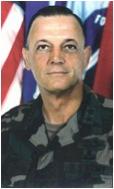
But in 1974, America was torn apart from the aftermath of the Vietnam War and reeling from the Watergate scandal. Anti-establishment sentiment reigned supreme. The US Army was in dire straits and morale was as at an all-time low. Compounding the problem was the fact that recruitment levels were extremely poor after the draft had ended.
Yet, the cold war with the Soviet Union raged on and America needed a strong military. And the military needed a strong leader. They turned to Ken Leuer.
“I was asked to build the first battalion-sized US Army Ranger unit since World War II,” said Leuer. “It was to be the most elite fighting force the world had ever seen. We had to activate, organize, train and lead the men. It was no small feat but we accomplished our mission and surpassed all expectations.”

Leuer served 32 years in active duty in the US Army, achieving the rank of Major General and culminating his career as Commanding General of Fort Benning and Chief of Infantry. Leuer attributes much of his success in life to his fraternity.
“Iowa Beta was an extremely important part of my collegiate life and it remains so to this very day,” said Leuer. “The lessons I learned as an SAE helped me succeed in every facet of my life. I always tried hard to live by the True Gentleman creed. I took it with me in the military and referred to it often.”
Among the things that Leuer says he learned in Iowa Beta were scholarship, leadership and service to others.
“I think the characteristics of a great leader include defining a clear and executable strategy, balancing competing priorities, motivating others to succeed, overcoming obstacles, and communicating to the troops. These are some of the things I learned in SAE,” said Leuer.
Leuer pledged the Iowa Beta chapter as a freshman and was initiated into the fraternity on December 5, 1954. He received badge number 90467.
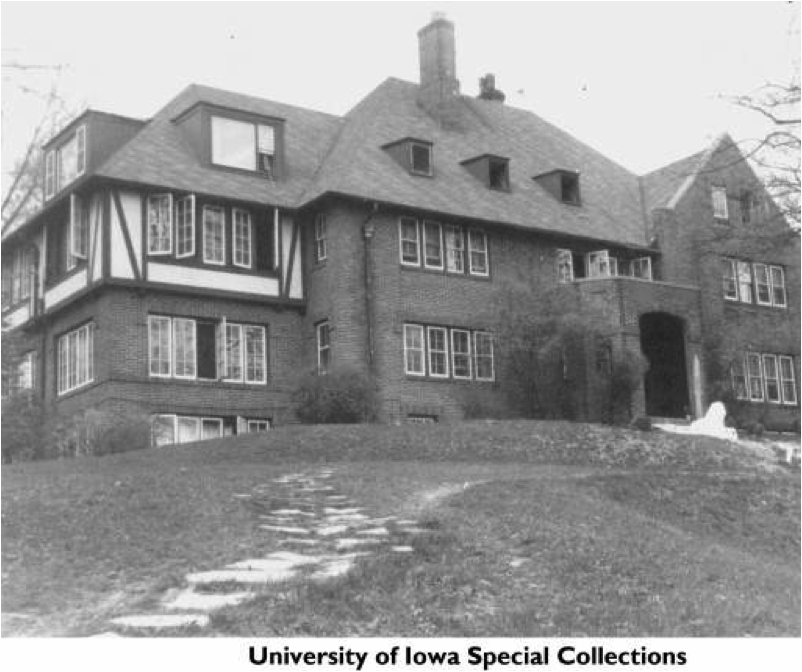
“I was very active in the fraternity. I did not serve as an officer because wrestling took up too much of my time. But I fondly remember my Iowa Beta brothers and the great times we had,” said Leuer. “I lived on the second floor of the chapter house.”
Leuer recalls: “We had a great bunch of guys…we had athletes, scholars, and just regular students. Almost everyone became hugely successful later in life. We held amazing parties but were always tops in grades. The sororities loved us. By any measure, SAE was the best fraternity at Iowa.”
The General feels it is important to instill a sense of history and traditions with new fraternity members.
“I remember that Ritual was quite important to us in those days and we always impressed the ladies with our serenades. My favorite song was Hail to the Purple, Hail to the Gold! But I also liked the SAE Yell,” he recalls. “I understand that these things may seem old fashioned to some people today, but they build good character and develop camaraderie.
“In today’s world of texting and tweeting all day long, young kids simply do not learn social skills needed to succeed in business or in life. That is why the fraternity experience is more important than ever. It teaches you how to get along with people of different backgrounds. It teaches you how to collaborate. As the True Gentleman says, it teaches you to think of the rights and feelings of others rather than your own.”
Upon his retirement from active service in October 1988, Leuer became the president and CEO of Goodwill Industries and held this role until his second retirement in August 1999. Leuer has served as the chairman of the Ranger Memorial Foundation since its inception in 1992.
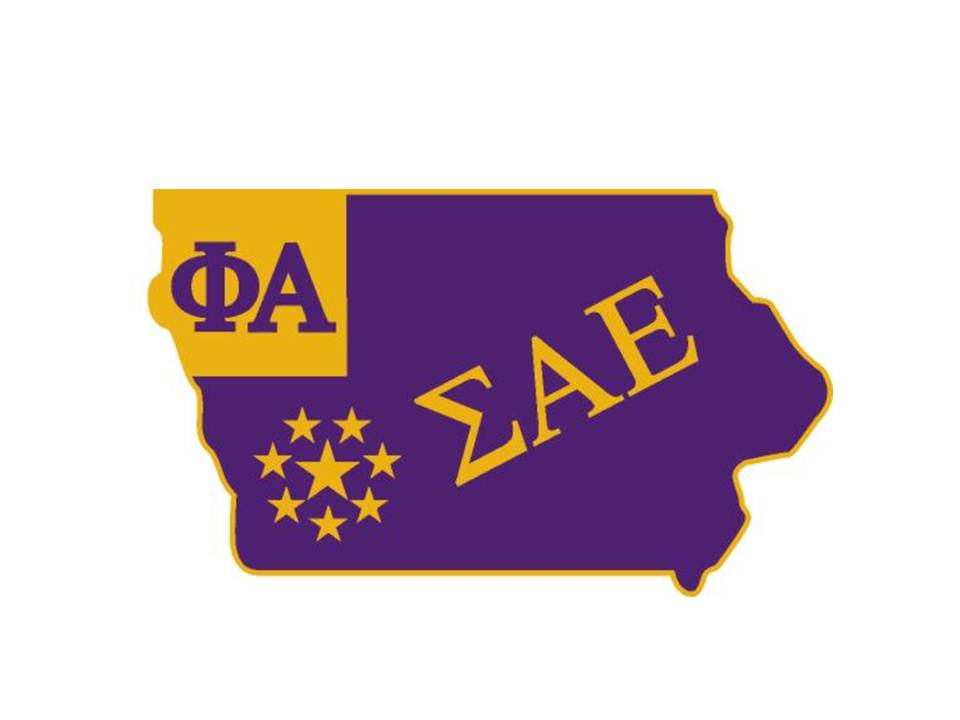
“I am a proud member of the Iowa Beta Alumni Association. When my membership pin arrived, I pinned my wife with it and sang Violet to her, just like I did so many years ago with my active badge,” Leuer said. “The alumni association is doing great work. I firmly believe all alumni need to do their part in some small way to give something back to Iowa Beta.”

Among the numerous awards and decorations bestowed on him, Major General Ken Leuer has received the Combat Infantry Badge, Ranger Tab, Master Parachutist Badge, Special Forces Tab, Defense Superior Service Medal, Legion of Merit, Bronze Star (2), Air Medal (13), and numerous other service and foreign awards. He was a Charter Inductee into the Ranger Hall of Fame and has been awarded the Order of Saint Maurice, Primicerius level.
A true American Hero, brother Ken Leuer and his wife Sally have three children and seven grandchildren. The Leuers reside in Midland, Georgia, a suburb of Columbus.
Remembering two American Heroes and Iowa Beta SAE brothers: Jim Hise and Carl Harris
It was August 1964 and thousands of young college students were returning to Iowa City to get ready for the new school year to begin. It was a hot summer, but nothing that a pint or two of beer at The Airliner couldn’t fix. An occasional cooling breeze wafted from the Iowa River.
The men at 303 N. Riverside were preparing the SAE Chapter House for Fall Rush. Life was good.
But 8700 miles away in the far-off lands of Southeast Asia, full scale war was breaking out.
In order to contain the spread of communism, the US had been sending military advisors to the area since the Truman administration; first in support of the French government, which controlled the lands then-known as Indochina, then after 1954, in direct support of the government in South Vietnam. Armed conflict had been taking place between South Vietnam and its neighbors to the north, backed by the Soviet Union and China.
When North Vietnam forces fired upon the USS Maddox operating in international waters, President Lyndon Johnson urged Congress to pass the Gulf of Tonkin Resolution (1964), authorizing US troops on the ground in support of any Southeast Asia country facing communist aggression, dramatically escalating the situation. Active US military engagement had begun.
Historians give conflicting dates for the official start and end of the war. What is clear is that 58,220 U.S. service personnel paid the ultimate sacrifice during this conflict. Two of these men were Iowa Beta SAEs. This is their story.
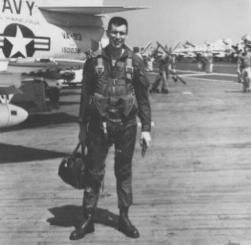
James Hamilton Hise (IABE '63) was born on April 29, 1941 in Des Moines, Iowa. He was a good kid and very smart. He had a great sense of humor and loved to play sports.
Hise began his college studies at the University of Oklahoma. He pledged SAE and was initiated into the fraternity on April 22, 1960. He received badge number 107618.
Ultimately, Jim transferred to the University of Iowa and became very active with the Iowa Beta chapter.
SAE runs deep in the Hise family. His father, Don W. Hise, was an SAE at Stanford (Class of 1933), his uncle Richard Hise was an SAE at Drake (Class of 1929), and his cousin Bill Hise is an Iowa Beta SAE Class of 1958.
A handsome young man who was kind and caring, his SAE brothers remember him as a True Gentleman and the kind of guy who would do anything for you. Prior to graduating from Iowa, Hise entered military service.He became a Naval Cadet and graduated first in his flight school class. He was named Naval Aviation Cadet of the Year in 1964.
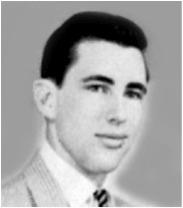
He flew missions during the Vietnam War. On March 25, 1967, during his 124th mission on his third tour of duty, tragedy struck.
“Jim was returning from a mission and landed on the USS Hancock. The arresting gear broke as he landed on the carrier,” said Bill Hise (IABE ’58), Jim’s cousin. “He attempted a takeoff but the plane lost power and he ejected. He was not high enough to permit his parachute to open. Jim landed in the water and the aircraft carrier passed right over him. His body was never recovered.”
Officially listed as Missing in Action, Hise entered the Chapter Eternal on that fateful day.
Jim's name is enshrined on the Vietnam War memorial wall in Washington, DC, and on the Iowa Vietnam War memorial adjacent to the state capitol in Des Moines.

Lt. Carl Allen Harris (IABE ’66) was born June 9, 1943 in Flint, Michigan, an automotive city known as the “Birthplace of General Motors.”
Harris began his college studies at the University of Iowa, and pledged SAE.He was initiated into the fraternity on March 10, 1963 and received badge number 116934.
He was very active with the fraternity and was a leader on campus.Harris was an excellent athlete who loved sports and was a football player for the Iowa Hawkeyes.He is remembered as someone who was a true leader and always had a positive attitude.To many, Carl Harris was the epitome of the True Gentleman.
“Carl Harris was my SAE pledgefather and my hero,” says Gordon Monroe (IABE ’67).“He was an outstanding athlete and had a profound influence on my life.I think of Carl every day and am still saddened that his life was cut so short.”
After leaving the University of Iowa, Harris married the love of his life and expected to live a long and happy life.But duty called.Harris became a First Lieutenant for the Army.He was a tank commander with the 11th Armored Cavalry.
Six weeks after his wedding day, Harris was killed in battle by a grenade explosion in Tay Ninh on January 12,1968. He was just 25 years old.
Carl's name is enshrined on the Vietnam War memorial wall in Washington, DC.
“All Americans are grateful to brothers Jim Hise and Carl Harris for their heroic service to our nation,” said Marc Rosenow (IABE ’86), president of the Iowa Beta Alumni Association. “They paid the ultimate sacrifice to protect our freedom. On this Memorial Day, we honor and remember them and all those who served our country.”
Congratulations Iowa Beta Class of 2014!
On May 10th, the Iowa Beta Alumni Association hosted a graduation barbecue in honor of the Iowa Beta Class of 2014. Members of the boards of directors of the alumni association and the house corporation were in attendance.
House corporation president Randy Iskowitz (IABE ’88) and director Don Keeley (IABE ’88) manned the grill while alumni association president Marc Rosenow (IABE ’86) conducted Ritual. Former Eminent Archons Don Souhrada (IABE ’93) and Matt Miller (IABE ’11) were among alumni attending the annual graduation event.
Cowboy rib-eye steaks, grilled asparagus and baked potatoes were served. Becky Hall, wife of Chapter Advisor and de facto Property Manager Bob Hall (IABE ’66), made delicious cookies which made a great dessert.
“These are fine young men and True Gentlemen in every sense,” said Hall. “It was a real pleasure to congratulate and welcome Iowa Beta’s newest alumni.”
Julie Snyder-Klinger, wife of Flip, dies at 56

Julie A. Snyder-Klinger, 56, passed away at the Mayo Clinic in Rochester, Minnesota on March 28, 2014. She was the beautiful wife of Phillip D. “Flip” Klinger (IABE ’64).
“On behalf of all Iowa Beta alumni, we extend our sincerest condolences to the Klinger family,” said Marc Rosenow (IABE ’86), Iowa Beta Alumni Association president. “Flip is a strong supporter and beloved brother of Iowa Beta. We are deeply saddened to learn of Julie’s passing.”
Among other achievements, Flip was instrumental in securing the interim house at 707 N. Dubuque in 1992 and in regaining the SAE house at 303 N. Riverside (now called 302 Ridgeland) in 1996. Flip continues to represent the house corporation and the Iowa Beta Alumni Association as the Registered Agent for the state of Iowa.
“Flip’s sage advice and wisdom to both organizations is invaluable,” said Rosenow. “We are profoundly indebted to Flip for his service.”
Julie was born August 30, 1957 in Cedar Rapids, Iowa, the daughter of Robert and Patricia (Pierson) Snyder. She married Flip on June 18, 1993 in Cedar Rapids, Iowa.
Julie was a Financial Professional and Vice President for Morgan Stanley in Cedar Rapids with over 30 years of experience. She was active with Tanager Place and with the Tennis & Pool Committee at Elmcrest.
Julie loved to spend time at Lake of the Ozarks, visit Florida, was an avid reader, lover of dogs and an impeccable cook. Her spare time was enjoyed spending time designing jewelry for her family and friends.
Julie was a friend to everyone and loved by all. She will be greatly missed by her family and friends.
Quiz Answer: B. The Spanish - American War
Three young men, who would later rank among the Founding Fathers of Iowa Beta and would be initiated by William C. Levere upon the chapter’s installation on February 11, 1905, participated in active military duty during the Spanish – American War. They are recognized by the Fraternity as the first Iowa Beta brothers to serve in times of war.
The Spanish – American War officially took place from April 25, 1898 to August 12, 1898. At the time, the Spanish Empire had territories and colonies spanning across the globe including Cuba, Puerto Rico, Guam, and the Philippine Islands. The local populations of these lands wanted freedom and independence; they began creating political instability and disrupting economic trade. Spain brutally clamped down on these insurgencies.
When the people of Cuba began fighting for their independence from Spain, the American people were predisposed to support them; remembering their own revolution over foreign dominance a century before. The mysterious sinking of the USS Maine in Havana Harbor, a US battleship sent to protect Americans living in Cuba, killing 260 men, was blamed on Spain and prompted direct US military intervention in the conflict.
The war primarily took place in Cuba but also throughout the Caribbean and in the Pacific. American military power was vastly superior and Spain was soundly defeated. They ceded control of their foreign territories in the Treaty of Paris (1898).
The men who served during this war and would subsequently become among the co-founders of Iowa Beta are:
Rudolph M. Anderson (IABE 1905), SAE badge number 4134
Dr. Lyle T. Jeffers (IABE 1905), SAE badge number 12013
Dr. Harry Clifford Parsons (IABE 1905), SAE badge number 4117
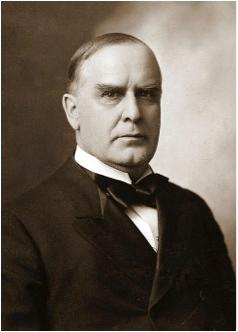
America’s commander-in-chief during the war was William McKinley (Mount Union College), the nation’s 25th president and the only SAE to serve in that office.
McKinley was an extremely popular leader and presided over a period of great economic prosperity at home and decisive military victory abroad. In September 1901, McKinley was assassinated by an anarchist in Buffalo, New York; six months into his second term of office.
He was succeeded by Vice President Theodore Roosevelt, the hero of the Battle of San Juan Hill; a key victory in the Spanish – American War.
Our Iowa Beta brothers KIA
Iowa Beta has many brothers who have served our country in the military and are true American heroes.
On this Memorial Day, we especially honor those Iowa Beta brothers who have given their lives in times of war to protect our freedoms:
World War II
DeWitt C. Emerson
(IABE ’16)
Jerome A. Gunderson, Jr.
(IABE ’46)
Charles W. Hanna
(IABE ’39)
Robert C. Kadgihn
(IABE ’41)
David T. Ronan
(IABE ’42)
Ward S. Williams, Jr.
(IABE ’35)
Robert F. Yelton
(IABE ’44)
Vietnam War
Carl A. Harris
(IABE ’66)
James H. Hise
(IABE ’63)
Bigger and Better
Over the last 19 months, your SAE brothers have been working hard to make you proud of Iowa Beta.
We have been reaching out to brothers in all decades. We cleaned up the database of alumni contact information, secured a CRM to house and better manage data, and deployed an email campaign tool by which we send monthly communications.
Working with the House Corporation, we have secured the Iowa Beta chapter house.
We have initiated a virtual Big Brother mentor program and have held multiple social events in Des Moines, Chicago, and Iowa City.
We are now planning for Iowa Beta's return to campus in 2016.
At over 250 members, we have quickly become the second largest SAE alumni group in the country and fast approaching the top rank.
But we need your help...
Please support our programs and initiatives by joining the Iowa Beta Alumni Association.
Simply click the Join Today! button below.
Thank you and Phi Alpha!
